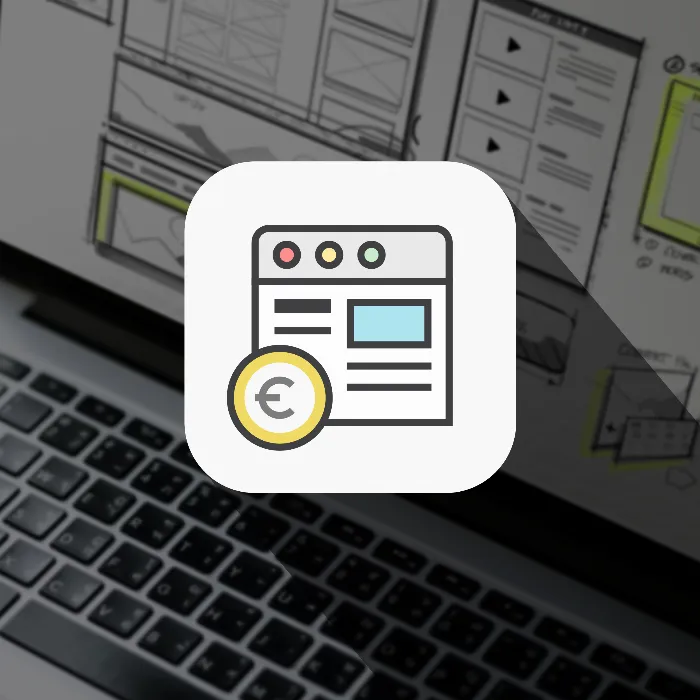Creating a customer persona is an essential step in content marketing. It helps you better understand your audience and create targeted content that meets the needs and expectations of your target group. In this guide, you will learn step by step how to develop an effective persona to make your marketing more successful.
Key Insights A customer persona combines various aspects of your target audience, including demographic data, needs, problems, and expectations. This information is crucial for creating content that resonates.
Step-by-Step Guide to Creating a Customer Persona
Step 1: Gather Basic Information
First, you should note down some key points about the persona. Consider various areas you want to cover. These include personal information such as age, gender, location, and other characteristics. To get an overview, visualize this.
Step 2: Identify Problems
Understanding what issues your target group may face when interacting with your content is essential. Consider what prevents people from making a purchase decision. Ask yourself why they hesitate when consuming your content or wanting to buy your product.
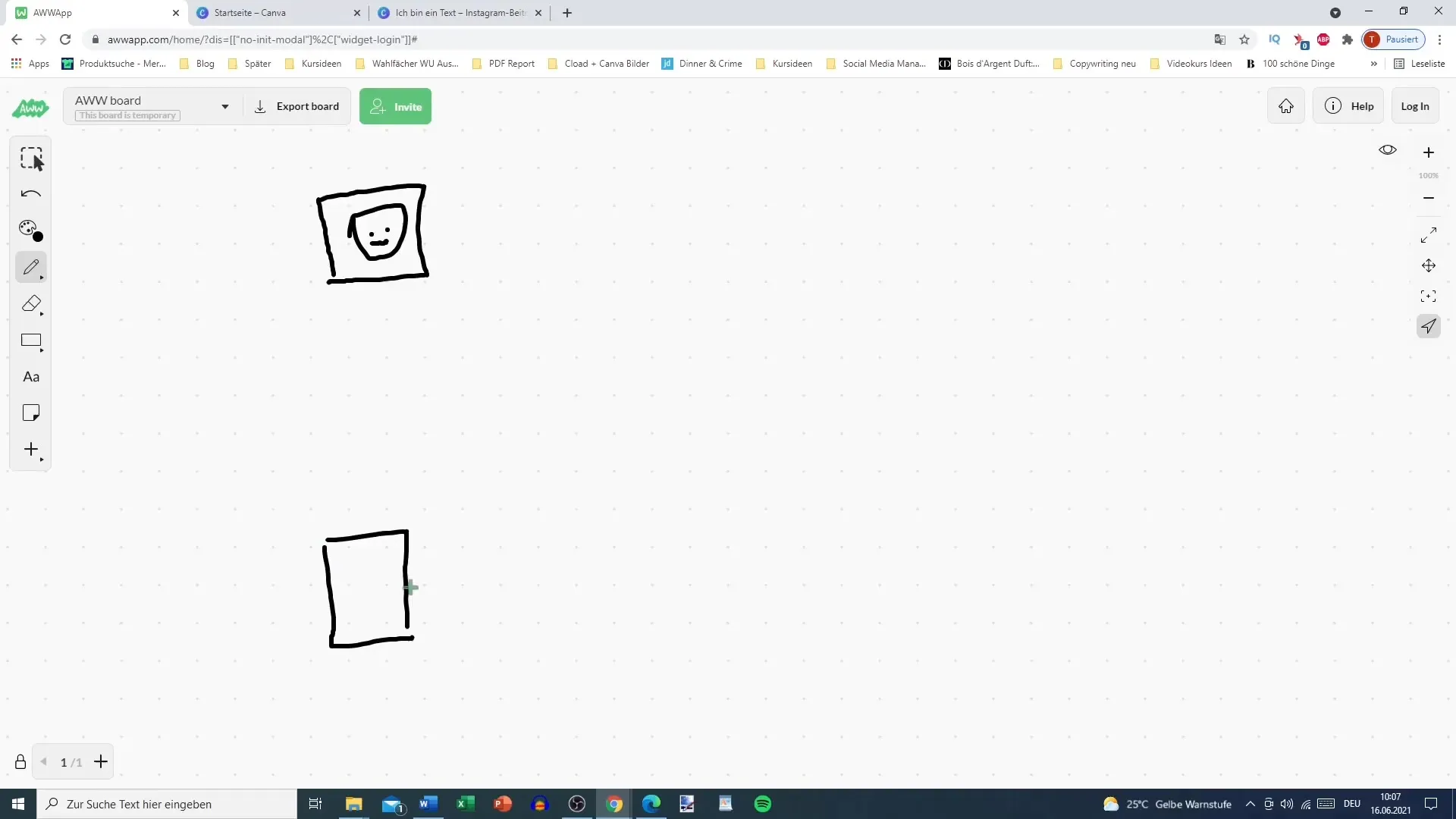
Step 3: Define Expectations and Desires
What does your persona hope to achieve with your product or service? Does she want information, a solution to a problem, or simply consume entertaining content? Note down the various expectations your persona might have.
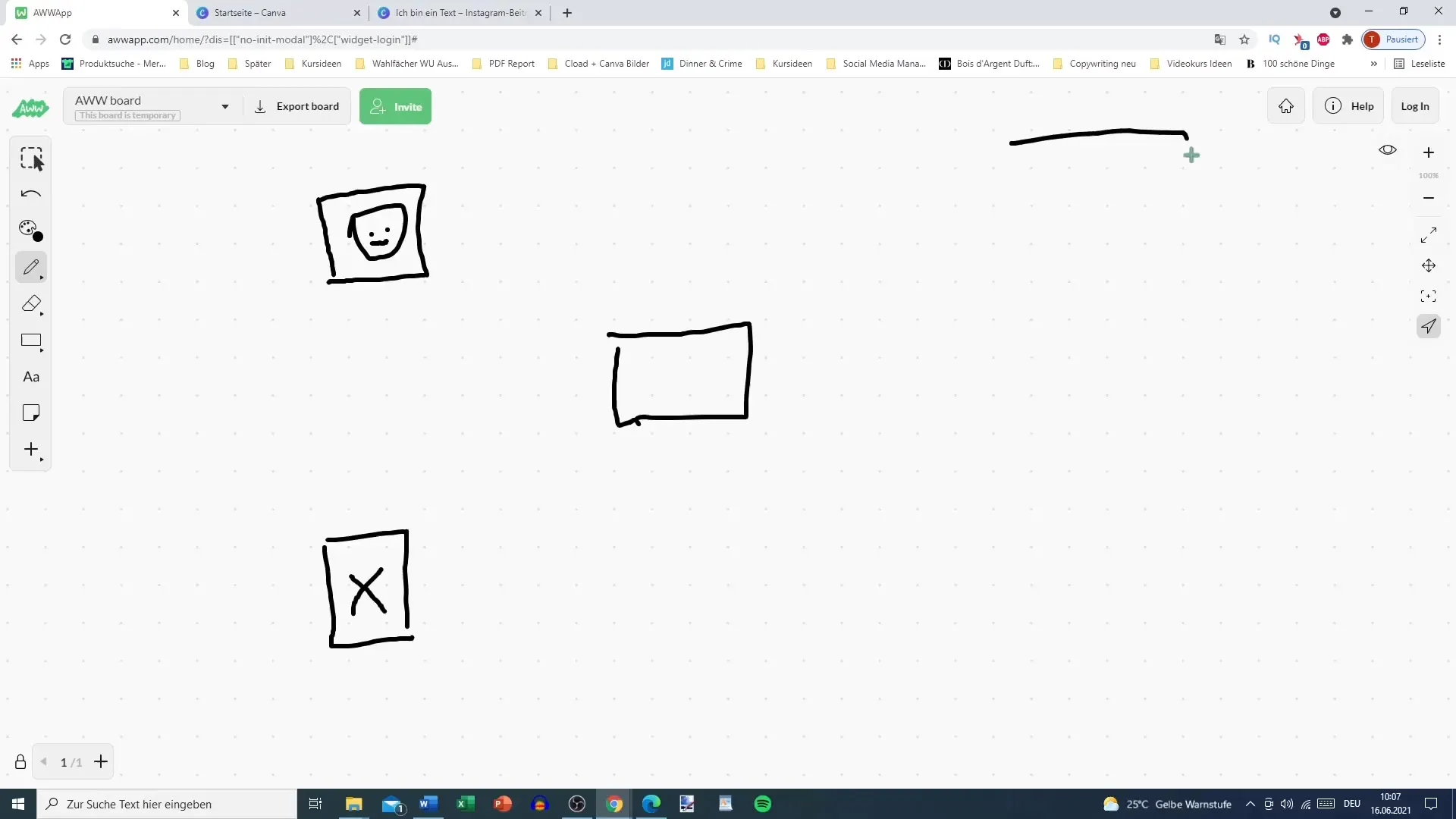
Step 4: Analyze Characteristics
Here, you should note down which characteristics your persona places special emphasis on. These can be price sensitivity, interest in specific content, or preference for certain brands. Consider which factors are crucial for your persona.
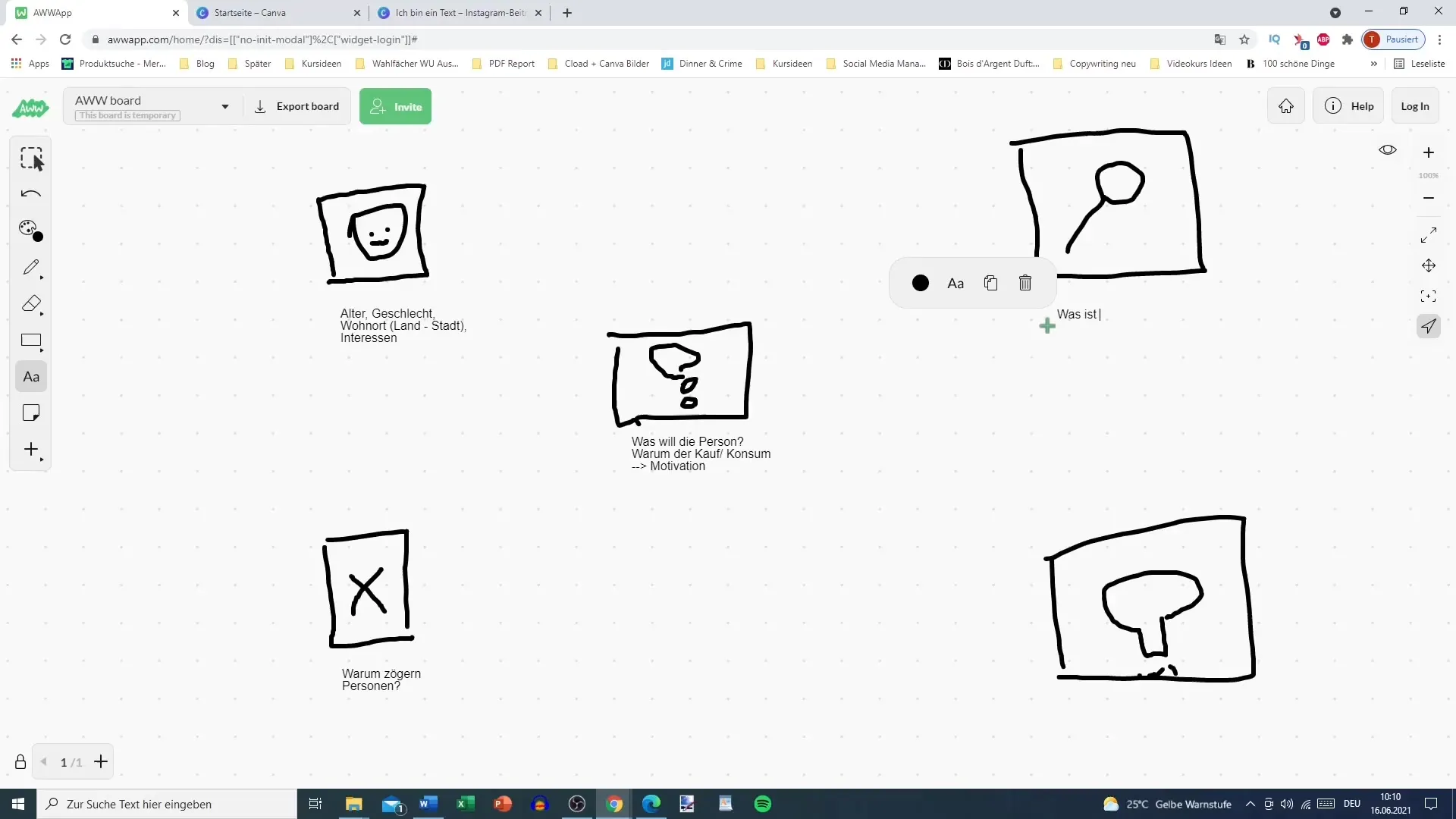
Step 5: Develop Optimal Solution
Now, it's about developing the ideal solution for your customer persona. What desires and needs does your target group have, and how can you best fulfill them? Try to determine how you can address the concerns and hesitations of your persona.
Step 6: Specify the Persona
To make your work more concrete, create a profile for your persona. Name her - for example, Lisa - and design her image to establish emotional connections. This will help you see her as a real person. Consider features such as age (e.g., 20 to 25), gender (e.g., female), and her living situation (e.g., single).
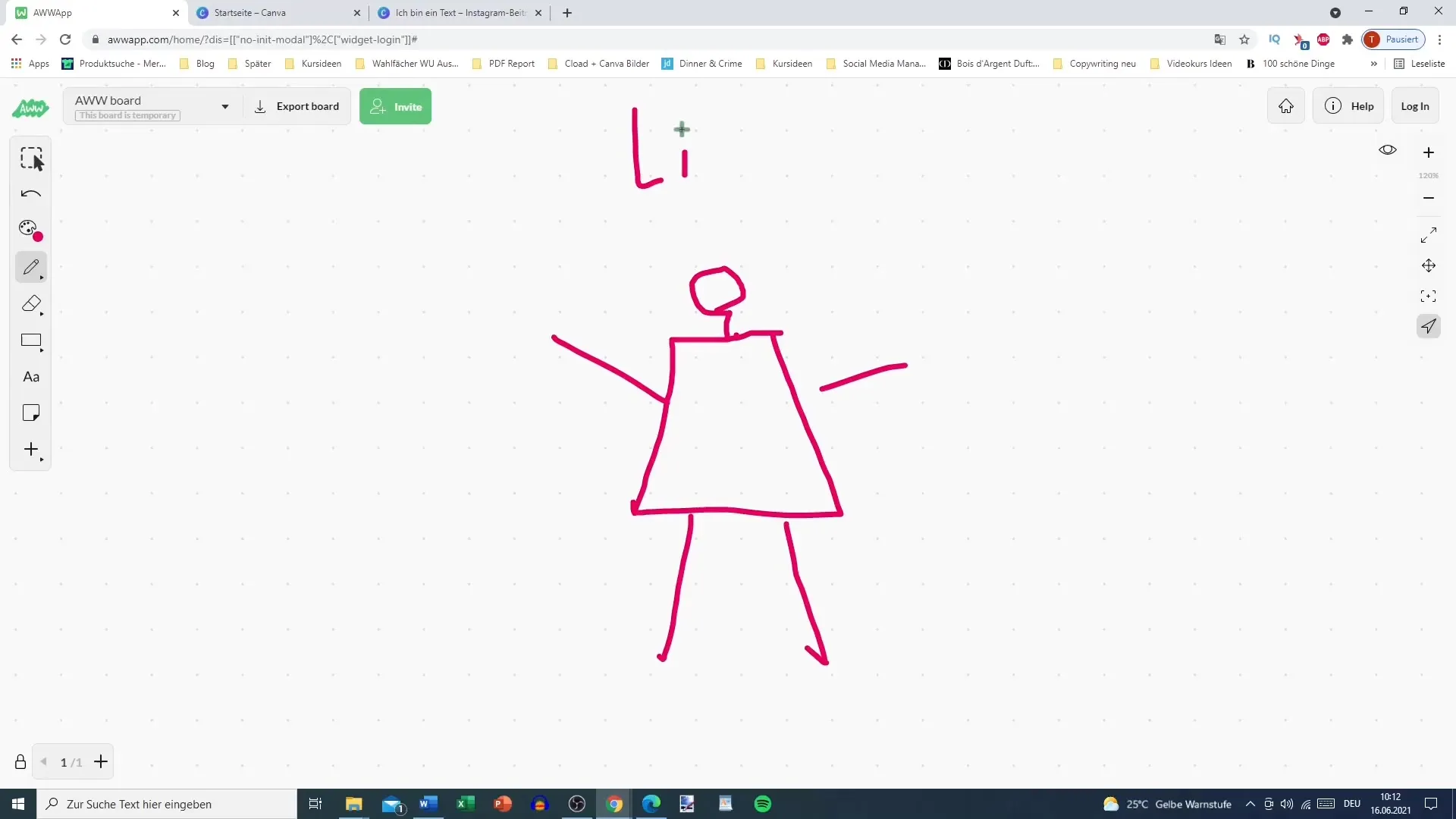
Step 7: Discover Motivation
It's important to understand what motivates your persona. Why does she want to consume your product or content? Consider whether these are basic needs or if other factors, such as personal preferences, come into play.
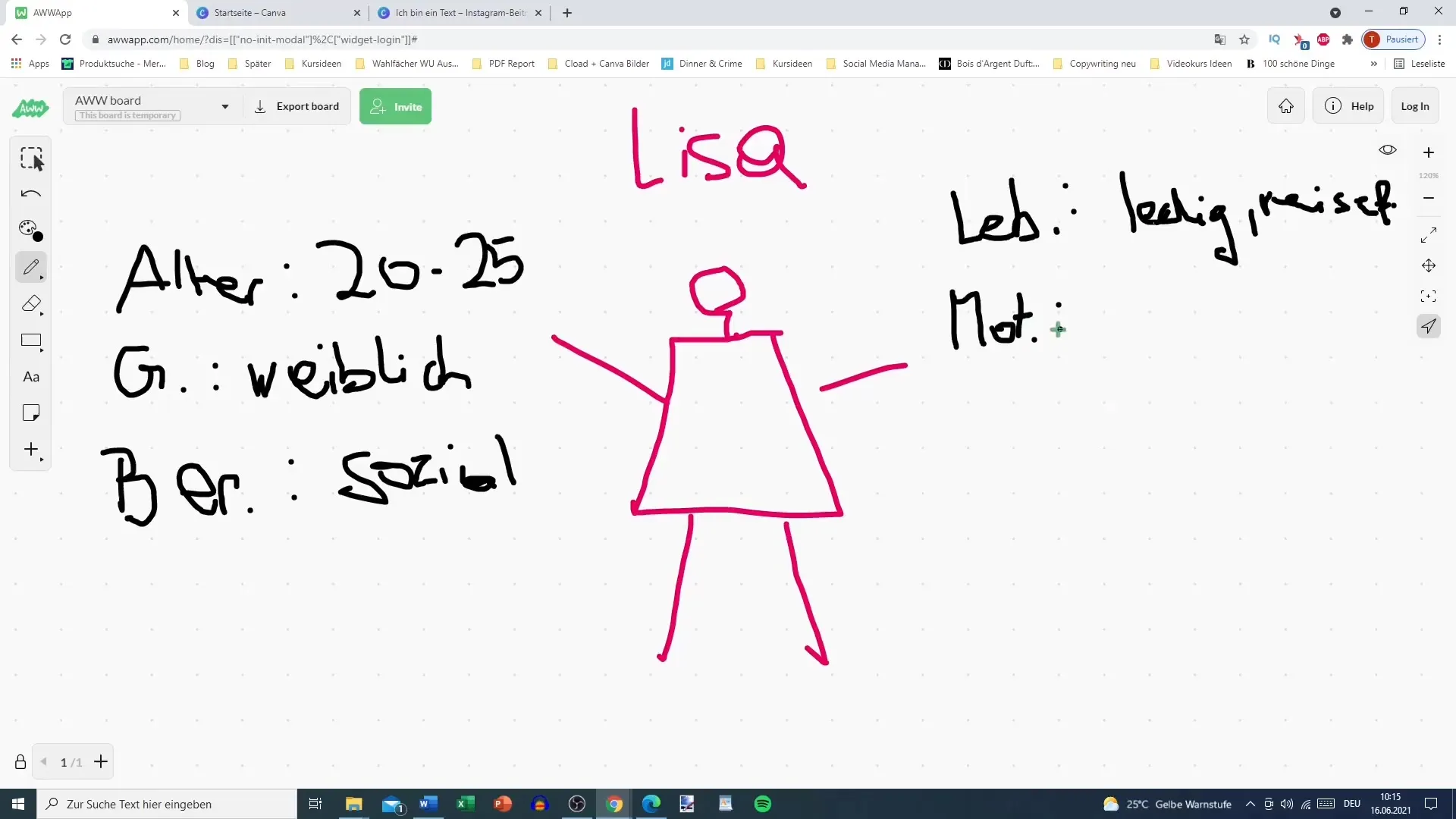
Step 8: Gather Feedback and Make Adjustments
To ensure your persona is realistic, gather feedback from actual users. Interviews or quantitative surveys can help you collect more information. Interaction with your target audience is crucial to gain an accurate picture.
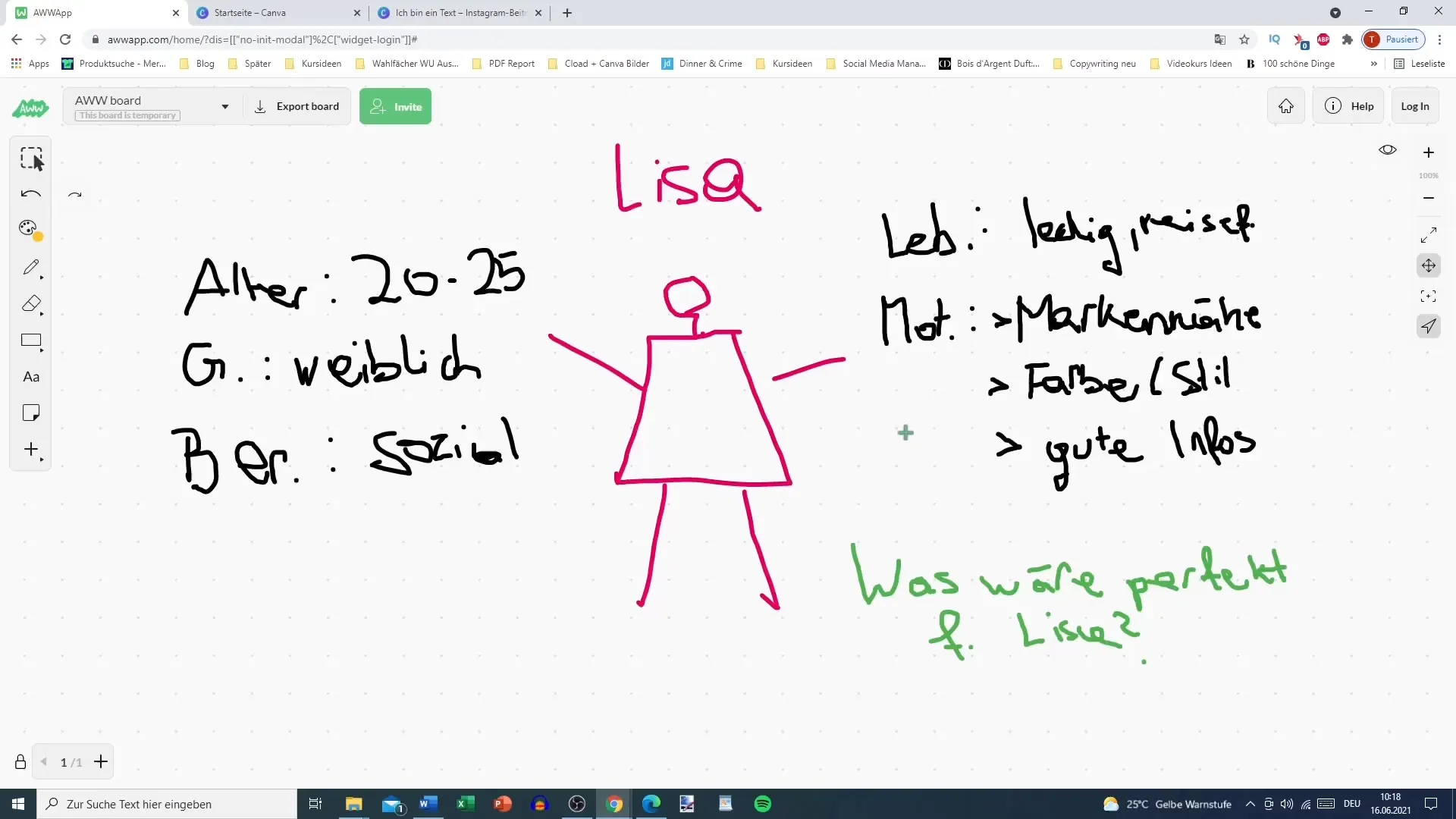
Step 9: Refine and Detail the Persona
Further refine your persona by providing additional statistics. Consider what additional information you can include to gain an even better understanding of your target audience.
Step 10: Final Persona and Application Strategies
Now you can create your final persona and prepare how you want to use this information in your content strategy. Think about what type of content would be most appealing to "Lisa" so that she remains a customer in the long term.
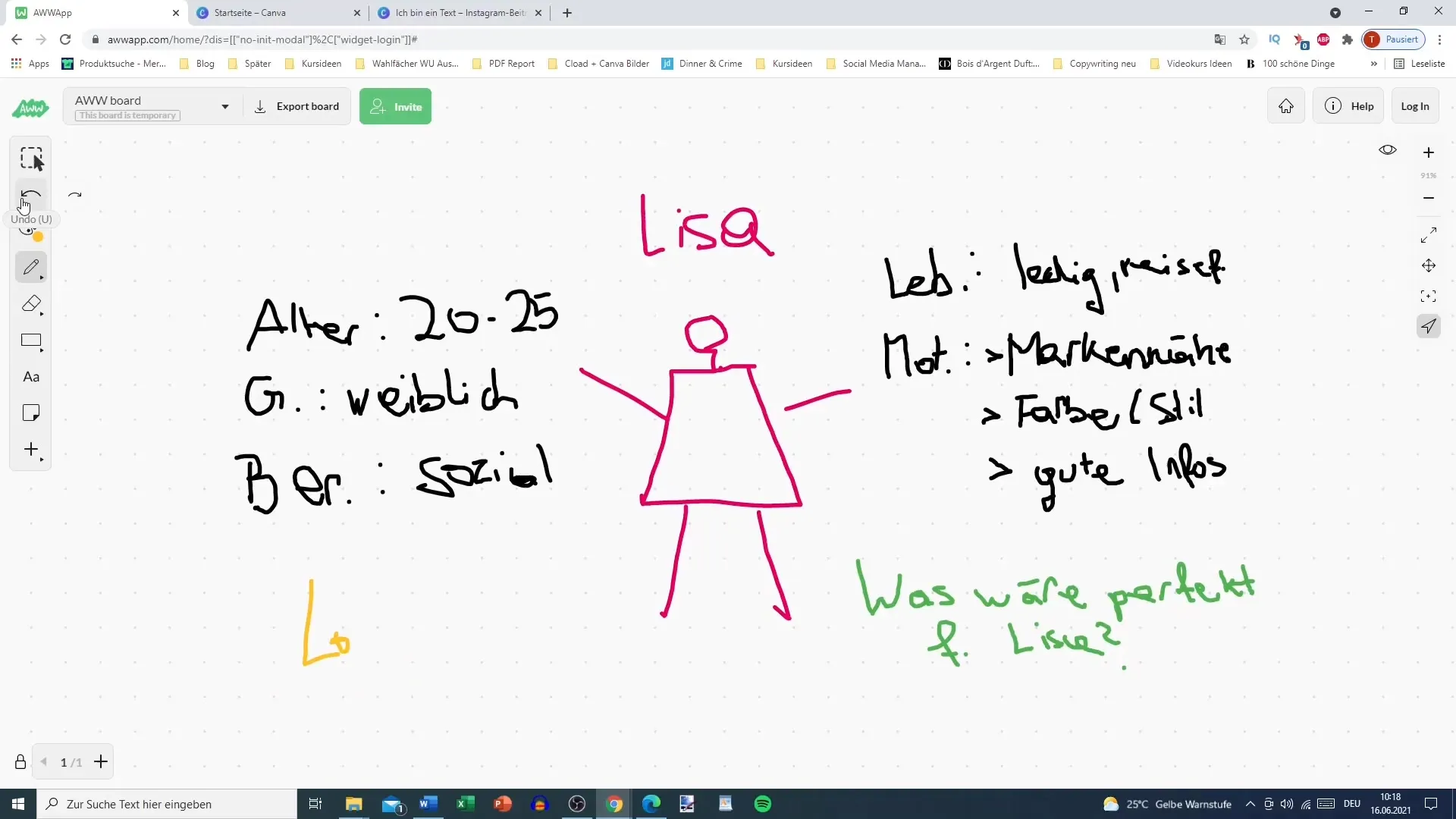
Summary
Creating a customer persona is a creative and analytical process that helps you optimize your marketing. With the right information about your target audience, you can produce content that meets their needs and exceeds their expectations.
Frequently Asked Questions
What is a customer persona?A customer persona is a semi-fictional representation of your target audience, describing their behavior, needs, and expectations.
Why is creating a persona important?It helps you create targeted content that addresses the needs of your target audience, thus increasing customer loyalty.
How often should I update my persona?It is advisable to regularly review and adapt your persona, especially in case of changes in your target audience or the market.
How can I get information to create my persona?Use surveys, interviews, and social media analysis to learn more about your target audience and their needs.
